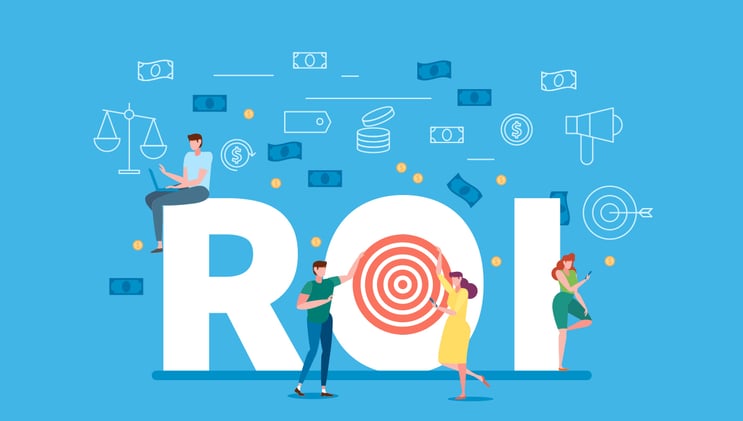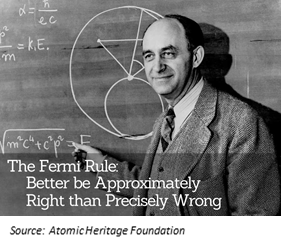
When you present the costs and benefits of a new project, the worst mistake you can make is to leave out or minimize the value people contribute to your organization.
When we measure the financial impact your people have on your organization, we link it to business KPIs, OKRs, or other metrics. For example, when the improvement affects revenue, we most often cite the improvement as revenue per employee. It's a big deal when you can move that number.
However, getting there means you must rely on your estimates and your logic, and it helps to have your feet on solid ground when your CXOs ask where you got your numbers.
Most of us are reasonably good when we estimate things, except large numbers or things that trigger our hidden biases, but we can learn to do better.
Estimating Is a Learned Skill
We can learn to become better estimators. In his book, How to Measure Anything: Finding the Value of "INTANGIBLES" in Business, Douglas W Hubbard teaches us that even if you don't know the exact values of a question, you still know something. Some values would be impossible or very unlikely. It helps to think of the answer as a range of probable values.
Try this experiment.
- Gather a group of people together and ask them for only a Yes or No answer: Do you know how far the International Space Station is from Earth in miles?
- Exclude anyone who answers Yes.
- Ask the group what the farthest distance would be. When they can agree with 80% confidence on the outside limit, write that number down.
- Ask the group what the closest distance would be. When they can agree with 80% confidence on the inside limit, write that number down.
- Then say, "We agree with 80% confidence that the distance from the Earth to the Space Station is between the two numbers."
- When all agree, look up the answer.
Enrico Fermi, winner of the 1938 Nobel Prize in Physics, was famous for teaching students to approximate quantities they knew nothing about. He taught them the ability to estimate things where there is little ability to confirm the result. As Hubbard explains, "he wanted them to figure out they knew something about the quantity in question."  They reduced the uncertainty through steps of logic and progressed from we have no idea to we can be confident that it's within a certain range.
They reduced the uncertainty through steps of logic and progressed from we have no idea to we can be confident that it's within a certain range.
Use Reliable Research Sources
Here's an example of an estimate we use.
You can find many estimates from reliable global consulting and research companies of the impact employee engagement on operating revenue. The most conservative estimate we found was from Aon Hewitt in their 2013 "Trends in Global Employee Engagement" report.
They found that a 1% increase in employee engagement will create a 0.6% growth in revenue. We are confident in using that number because a highly trusted company used an extensive global survey to compile the result, so we are confident that the actual number will be at or above 0.6%.
A growth rate of 0.6% may seem small, but when you apply it to a company with $850 million in revenue, the result is $5,100,000.
Train Your Team
Any of us can learn to calibrate our estimates, become better at estimating, and become confident in them.
Training and resources on estimating is all around us. It's easy to get started, and you will find the cost well within your budget.
- If you have a high-performing team, you might only need the right books to get started. There are many top-rated works from some of our favorite authors: Jac Fitz-Enz, Sandy Ogg, Gene Pease, Boyce Byerly, Jack and Patricia Phillips, and Douglas W. Hubbard is.
- Online training is available from many resources, including LinkedIn Learning, Udemy, and many others. Hubbard's AIE Academy can give you a head start in half a day.
- Many colleges provide online learning in quantitative analysis, decision analytics, and dozens of related topics.
Get Started Today
If you take away anything from this article today, we wanted to be this:
- You don't need perfect information to make an excellent decision.
- You can learn to make reliable estimates.
The world runs on estimates. Sometimes without realizing it, we use them in everything from grocery shopping to buying a home. Estimating is a required skill in engineering, applied science, venture capital, and many business professions. There are thousands of job openings right now for certified professional estimators.
So, go ahead, make a guess. Let's get started.

